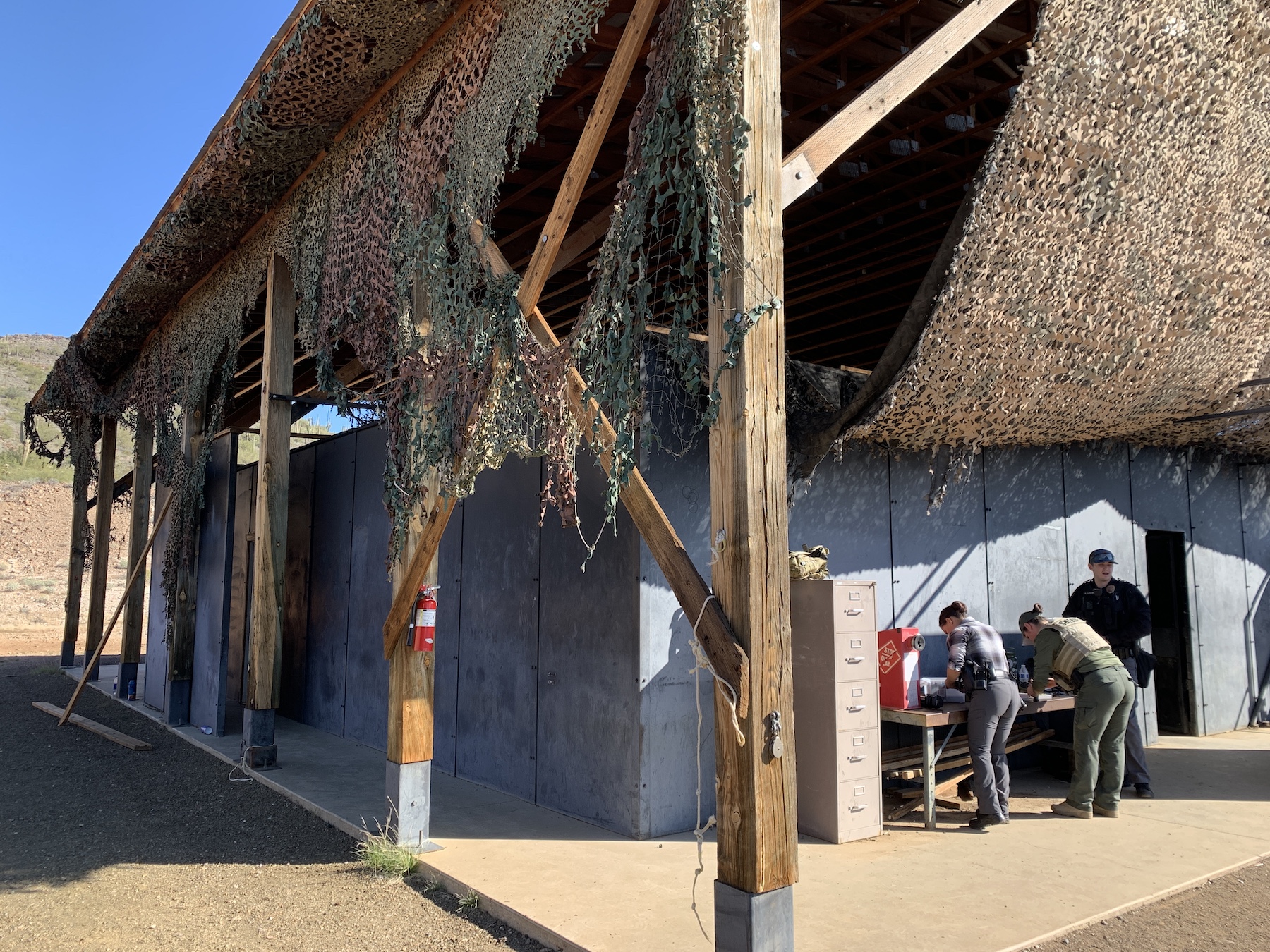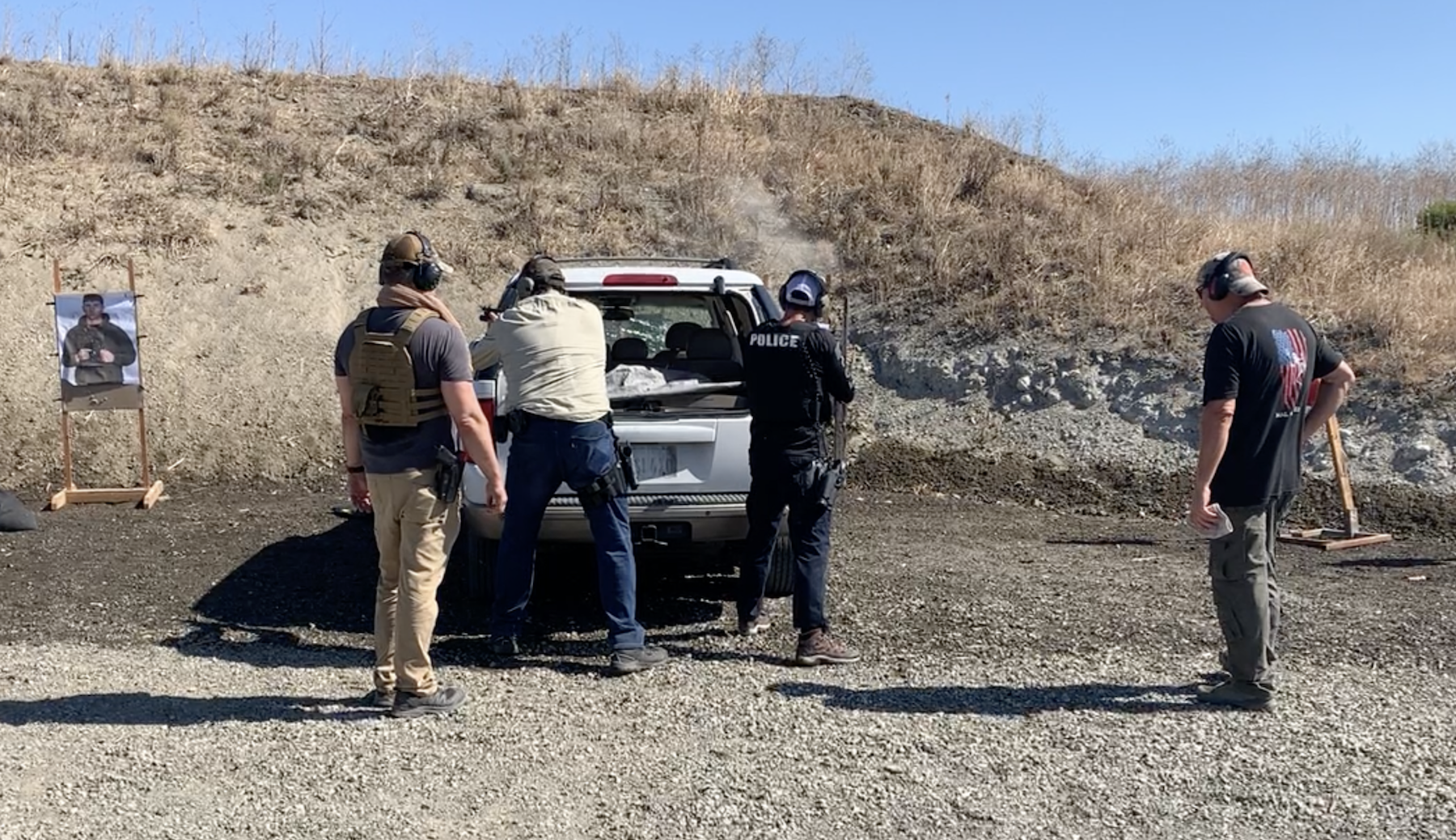
vcat2022-12-03 at 4.06.50 PM
Webster’s defines Training as:
noun
- The process or routine of one who trains.
- The state of being trained.
- Practical education in some profession, art, handicraft, or the like; instruction coupled with practice in using one’s powers: as manual training; a sound business training.
There are several reasons why “we” train – gain or sustain skills and improve our ability to perform them. As an instructor, I am also taking classes to find better ways to present concepts and skills to students.
This year I made a point of spending time as a student, which I think is vital as an instructor. What will keep me from developing bad habits if I do not have someone looking at what I am doing and how I am doing it? That outside eye can catch and correct my errors before they become big problems.
This year, I have had several opportunities to be a student – at conferences and in classes. Two of those classes covered vehicle counter-ambush techniques and building entry and clearing.
Hopefully, everyone teaching is familiar with the need to present material in more than one way. Not just demonstration, not just lecture. But discussing it, showing it, and then allowing the students to do it. The multiple methods give your varied students the best way to absorb and process the transferred knowledge.
One philosophy for teaching this way is called – EDIP – Explain, Demonstrate, Imitate, and Practice/Perform.. The presenter Explains the what and the why of the material being presented. Then they Demonstrate the skill itself and how it is done. After that, the students will Imitate it, with the instructors observing the class to ensure the skills are being done correctly and answer those questions that arise. Finally, the students can Practice and Perform the skill.
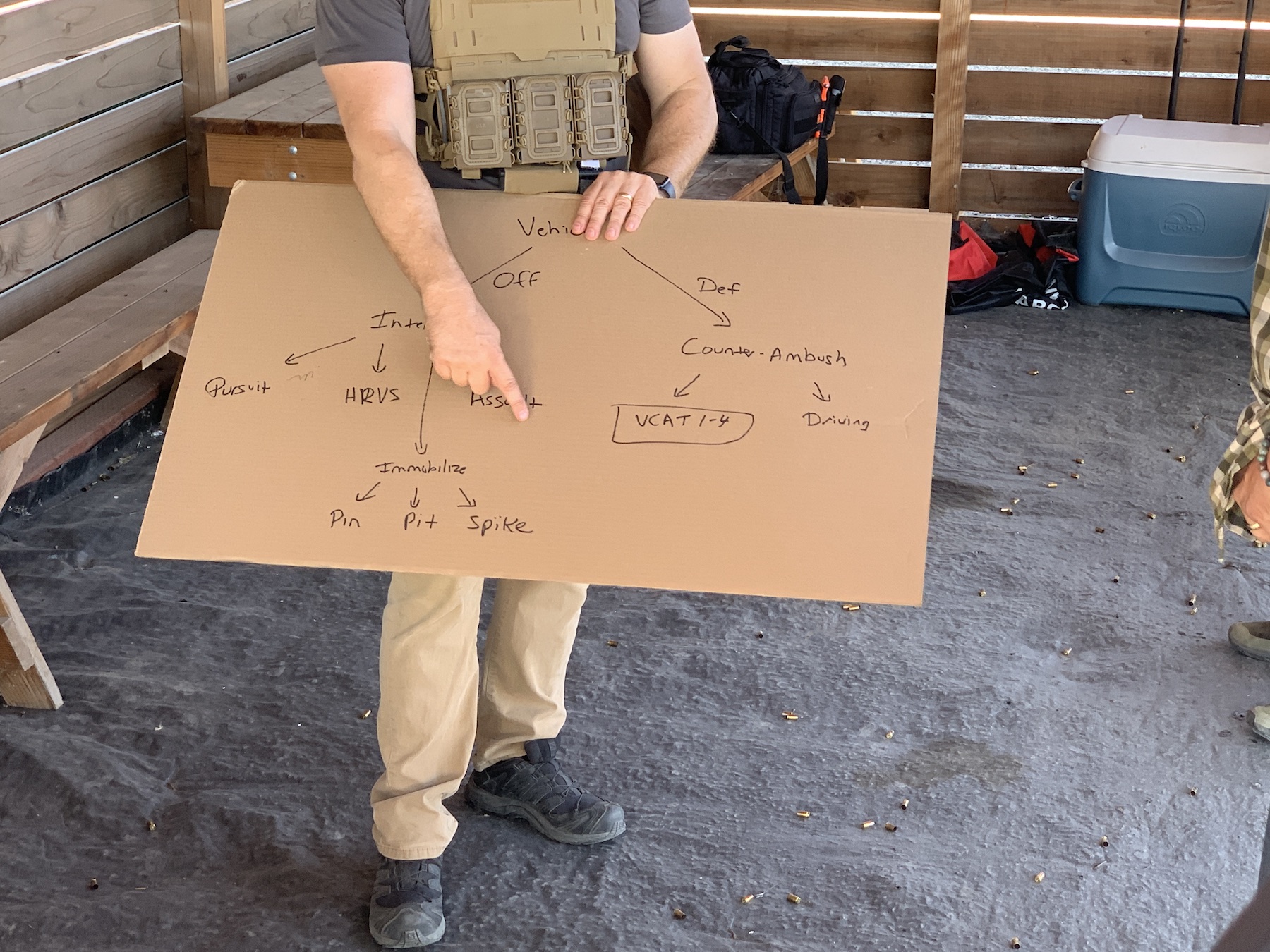
Vehicle-focused training can be viewed as defensive or offensive. Depending on the attitude of those involved. Here, the Paladin instructor used range materials as a training aid to convey that to the class.
Vehicle Counter Ambush Tactics
A previous student of mine had told me about the company that was led by a retired federal agent. After noticing they had a class being taught near me, I signed up for it.
Throughout the day, Dan – retired FBI – and Rick – retired Naval Special Warfare – discussed the material and then demonstrated it. We practiced it under their supervision before performing it live fire.
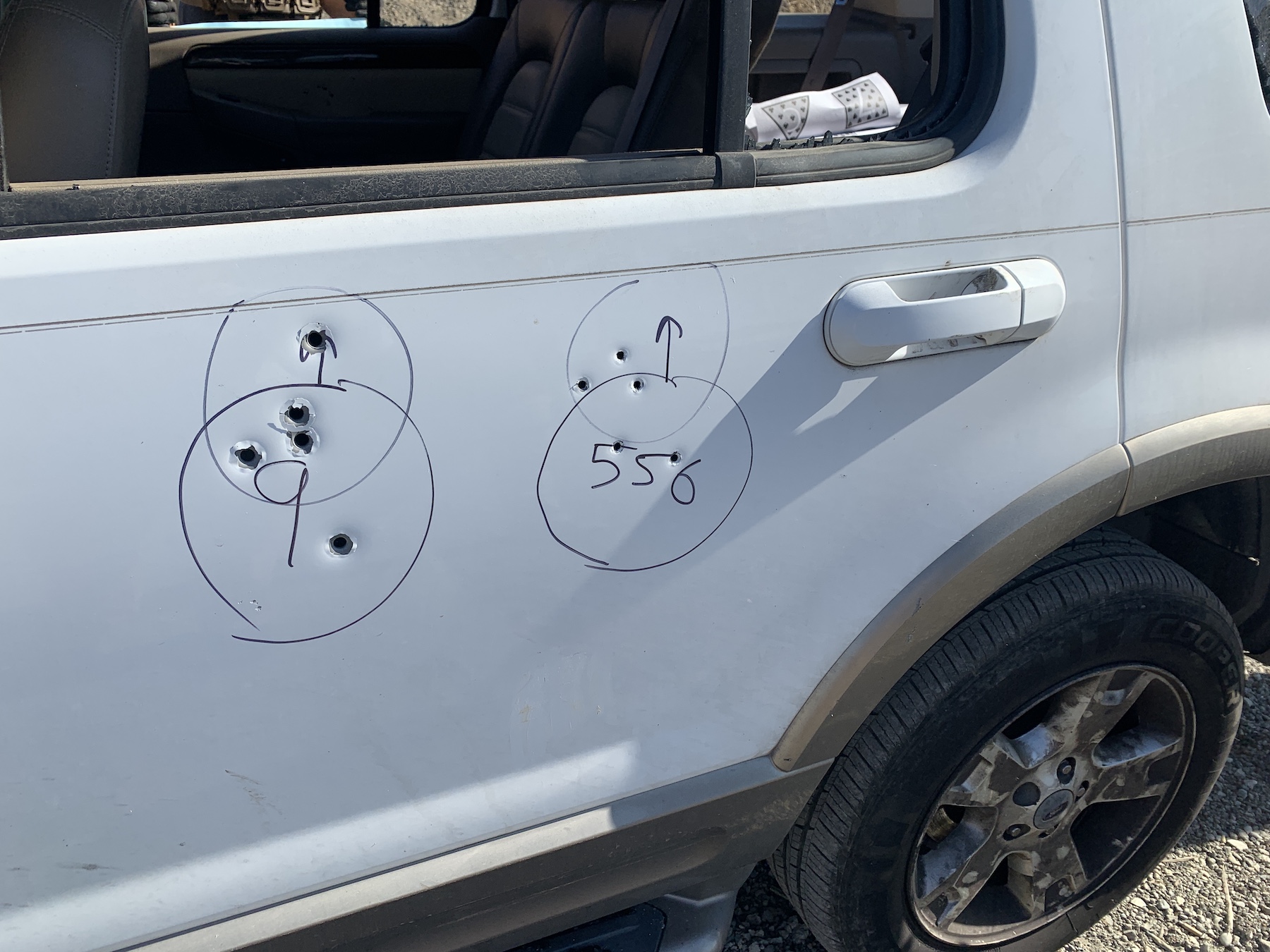
Shooting vehicles is more commonly done in training than it used to be. The entry holes aren’t supplying the needed info though.
The course material was consistent with other vehicle-centric classes I have taken previously. One drill that stood out as different was using the car’s body to assist with clearing stoppages while shooting one-handed. This material focused on using the car to help get the handgun back in the fight.

The witness paper on the far side of the vehicle to catch any spalling gave us the needed information.
The second takeaway was the validation of quality airsoft equipment for force-on-force training – instead of more traditional non-lethal training ammunition set-ups. And safety was not compromised when using it.
Building Entry and Clearing
TruKinetics taught this one-day class in the Phoenix area between classes I was teaching at Gunsite. While I work part-time as a deputy sheriff doing court security, I retired from full-time uniformed law enforcement on patrol three years ago. Between that and the pandemic, I have not had dedicated training on this skill in at least that long.
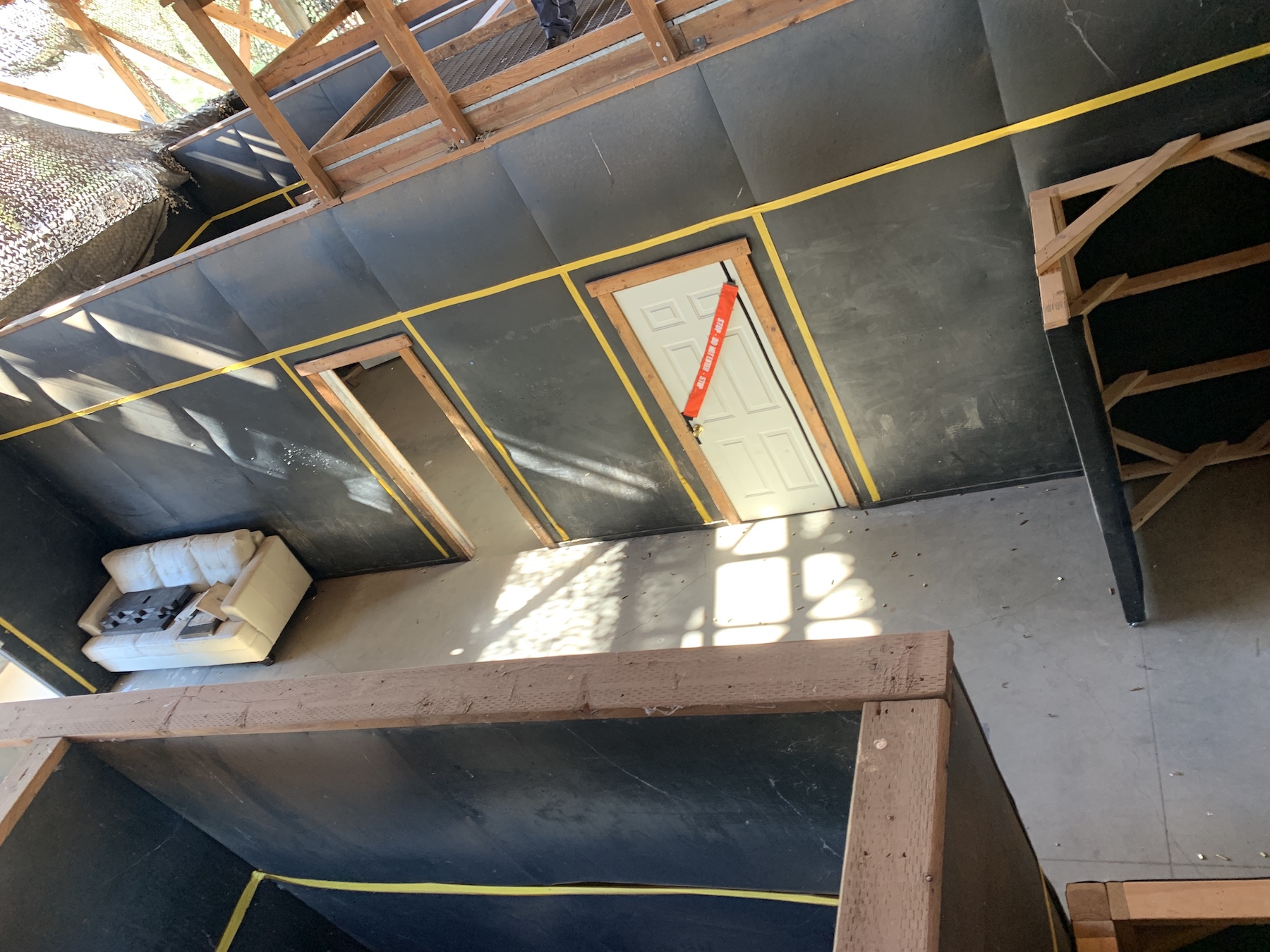
The interior of one federal agency’s live-fire shoothouse. Being able to observe from the catwalks made a tremendous difference.
A local law enforcement agency hosted the course at a shoot house on a federal facility.
We started with the standard liability waivers and introductions. The instructors were former or current members of an active law tactical team.
The first safety check was thorough as we had to divest ourselves of everything except empty handguns and secure them in our vehicles.
The staff touched on the principles and methods before we moved up to the shoot house catwalk so we could more easily observe the techniques being demonstrated.

TruKinetics instructors demonstrating their preferred techniques for working the area on the other side of a door way.
The class was split into three groups, and we had the opportunity to observe the methods again before starting to work them methodically before moving into practicing them. That continued throughout the day – one person working dry, then live fire, followed by pairs working unloaded before shooting, and finally completing the process in a three-person group.
Since everyone was from agencies in the Phoenix area and were nearly all attending with co-workers, I joined in with whoever needed another body. Two with whom I had the pleasure of working for multiple runs were Kat, a deputy from south of Phoenix, and Wendy, an officer recently off of field training.
The techniques taught were different from what my old organization trained us on. This meant I had to be conscious of learning and absorbing this new way of doing things. As a result, there was a time or two I needed more bandwidth to work on the new skill while performing others. Paraphrasing the late Patrick A. Rogers, learning did occur after a demoralizing failure or two (on my part).
From a teaching perspective, one of my takeaways was their organization and presentation of the material. The other was a validation of not insisting on one specific tactic or technique in my low-light classes because of the time spent teaching one new method. I will focus on using lights in a search rather than on how to search.
While realizing there is life outside of police work, go to as much training as you can. Yes, I know there is only so much time, money, and ammunition available. Train to acquire, maintain, and develop your skills. If you are an instructor, focus on the better (or not-so-good) ways being demonstrated in these classes. Use that to improve the training you provide.
Paladin Tactics taught the VCAT class, while TruKinetics did the building entry class. I would train with both companies again, especially if they were teaching near me.
Sources:

